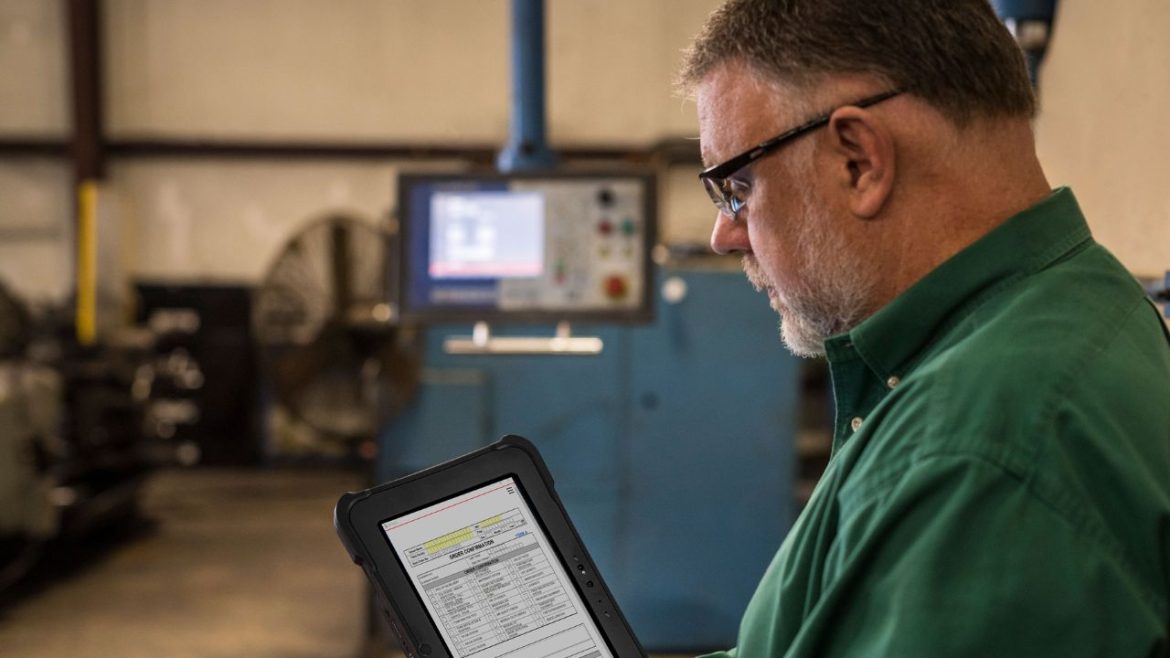Rugged display systems are the main instrument of visualization, monitoring, and command in those industries that work in unstable or extreme conditions. Whether it is construction equipment, military transport, outdoor vending machines, or marine navigation solutions, these screens have to operate perfectly even in direct sunlight and under the glare and changing light conditions. Screen brightness is one of the most significant specifications of these applications. Lack of sufficient brightness makes even the most High-Brightness Reinforced LCD Series inoperable in environments with high illumination, compromising efficiency and safety of operation.
Ambient Light Challenge in Industrial Setups
Ambient light is one of the biggest threats to display visibility. Standard displays have trouble presenting clear and legible content in direct sunlight or bright outdoors when the screen is directly facing the sun or when a device is operating in such an environment. This creates low visibility, user errors, and slow response time. When it comes to reading data fast and precisely, it is not a choice but an essential factor in industries such as transportation, field service, or oil and gas. To counter this problem, high-brightness screens are designed.
Guaranteeing Sunlight-Exposed Operations Clarity
Most of the display applications that involve rugged displays occur in environments where there is continuous exposure to light or sunlight. The cars used in the construction, outdoor digital signs, ship bridges, and the remote monitoring bases should all have screens that can be readable during the day, irrespective of weather changes or lighting. Under these conditions, reflections and glare may interfere with visual details that are essential to the tasks performed and make them harder or even hazardous.
Brightness is important in fighting glare by increasing contrast and definition, which makes the display contents crisp and clear. In a mission-critical application like the military field communications or an emergency response coordination, timely access to readable visual information will play a first-hand role in the success or safety of a mission or personnel.
Brightness and Rugged Engineering in a Combination
High brightness cannot serve as a sufficient condition at the industrial level. Rugged displays should also survive physical abuse, extreme weather conditions, humid conditions, vibration, and dust. High-brightness reinforced displays merge the two features, providing displays that provide screen readability in bright light as well as displays that are designed to last in harsher conditions.
Some of the latest brightness technology features are provided in enclosures by such manufacturers as Refan Electronics Co., Ltd., which are applied in the harshest industrial conditions. They are typically anti-glare and anti-reflective coated and optically bonded, and withstand a wide variety of operating temperatures to be durable and readable. It’s tough build and the perfect brightness ensures that it can work and be dependable even in the harshest field uses.
Increasing Productivity and Minimizing Error
Productivity is directly dependent on visibility in any environment where time and accuracy are important. The operators who use screens with poor visibility can commit errors during data input, overlook visual cues, or simply perform slowly. This can affect the efficiency of the workflow and also increase the chances of the operations being at a standstill or risking safety.
These risks can be avoided by having readable and bright displays so that the users can have a clear view of the interface at all times. Entering settings into a machine, reading a GPS, or checking diagnostics on a system, the operators enjoy uniform screen clarity. This enhanced visibility lessens mental load, enhances confidence, and allows better and more informed decision-making.
Touchscreen Functionality and Interactivity
The current rugged screens have touchscreen interfaces to ease user interaction. In industrial applications, such touchscreens must also be sensitive and accurate, even with the operators wearing gloves or using styluses. Touch screens, however, when combined with low-brightness displays, can be cumbersome to use as poor visibility affects the navigation and interface legibility.
The solution to this problem is high-brightness touchscreen screens, which do not change the visual standard under different light conditions. This makes sure that the touch-based control systems are fully functional even at the time when there is maximum daylight. This trustworthy usability is a priority factor of operation in industries such as aviation, outdoor logistics, and smart city infrastructure.
The Future-Forward Display Technology
With the ever-changing industry and high-level automation, mobile computing, and field communications, display systems need to step up to meet the demands of performance and clarity. That is what the high-brightness rugged displays are made to do. They guarantee the visibility of critical information in all circumstances: when attached to a moving vehicle, when used on an outdoor terminal, or when incorporated into a field unit that can be carried anywhere.
Conclusion
To sum up, the brightness is not a feature but rather an essential requirement in rugged display applications. The power to retain readability on the screen in high-light conditions is part of operational success, safety, and efficiency. High-brightness reinforced displays form an essential component of the technological base of industries that work in an environment not controlled by traditional office conditions.

